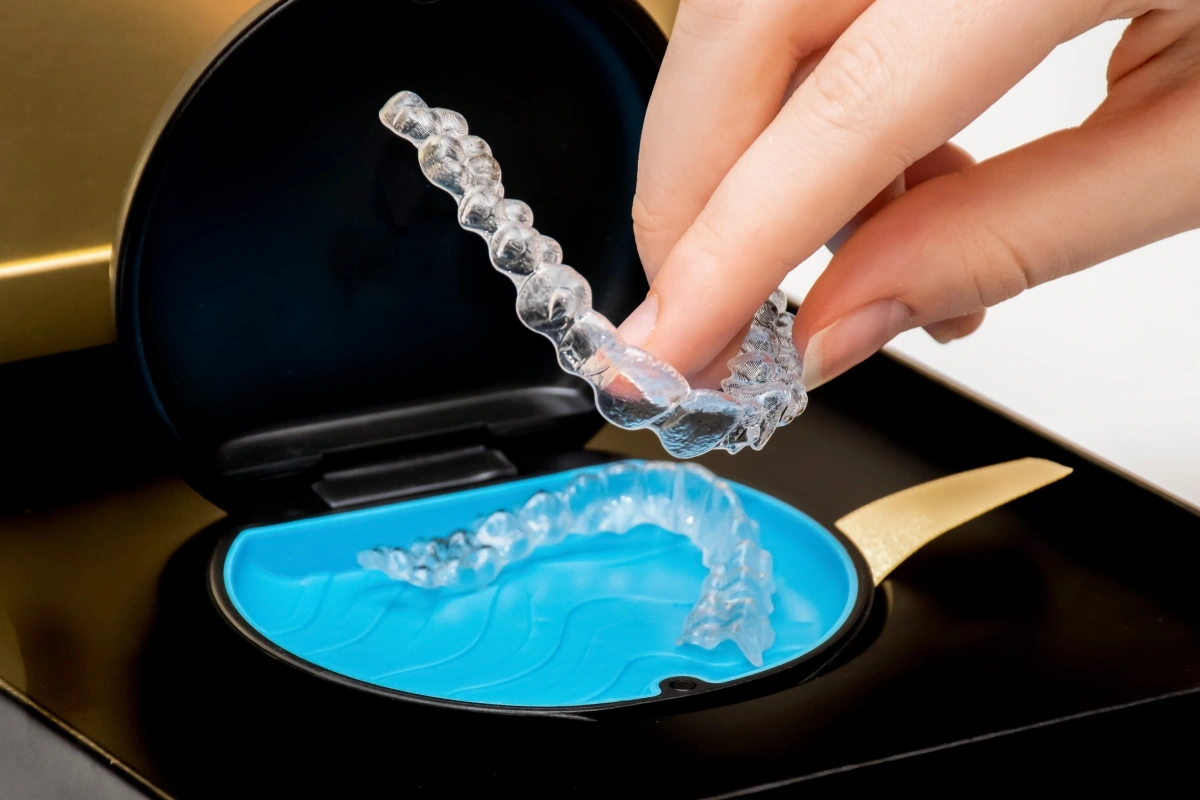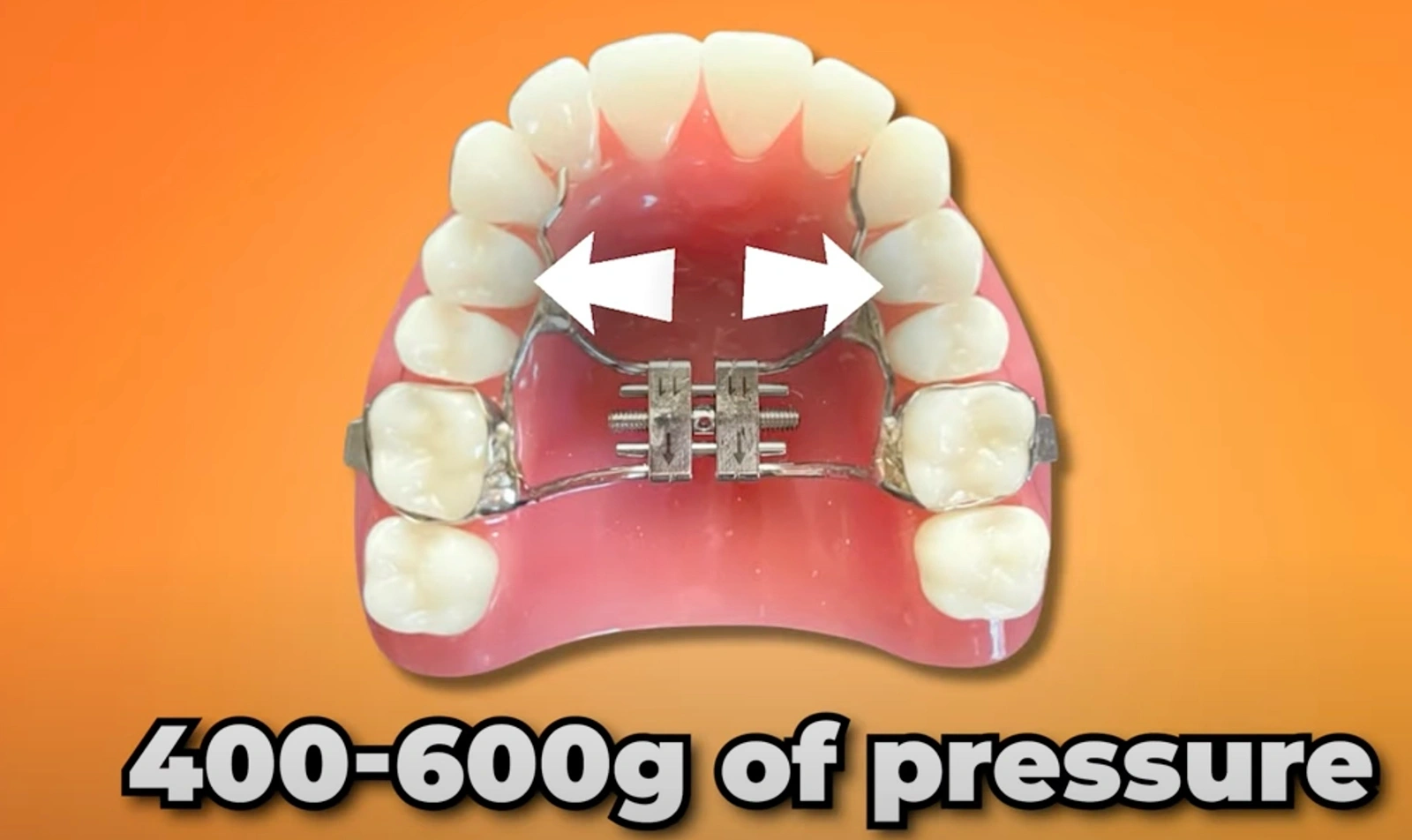
Most parents have no idea their child’s face is literally splitting apart right now. Between ages 6 and 9, your kid’s upper jaw is held together by what’s basically a soft zipper… and it’s about to seal shut forever.
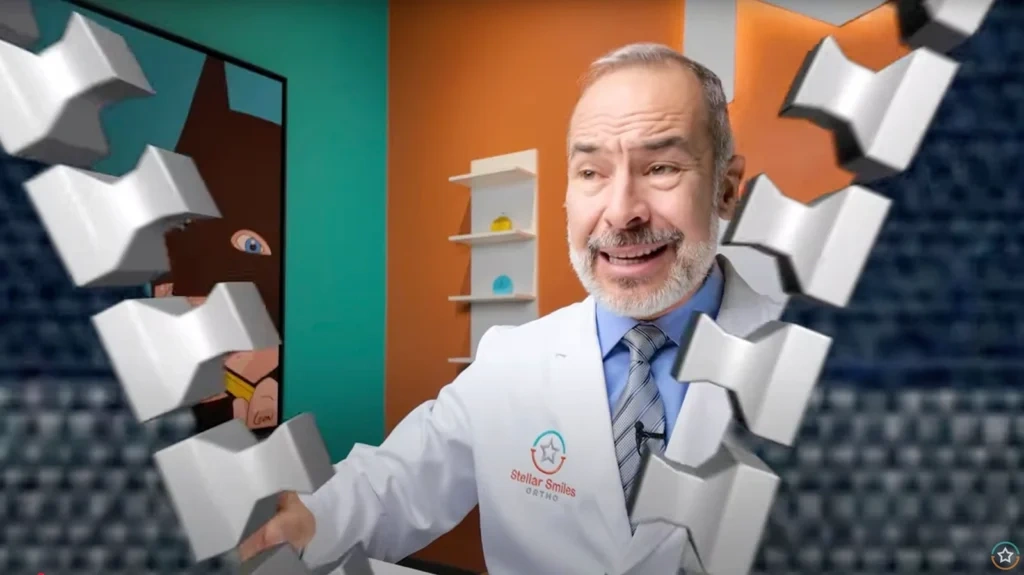
Miss this window, and fixing their smile becomes 10 times harder, 5 times more painful, and costs thousands more. But here’s what 94% of parents don’t know…
At age 6, your child’s upper jaw is actually made up of two separate bones—connected by a soft seam called the midpalatal suture.
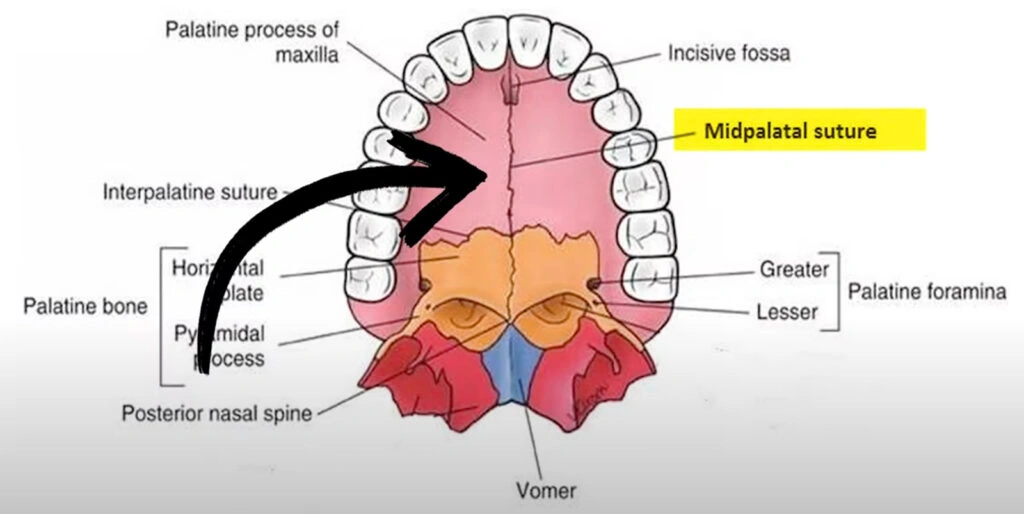
Think of it like a zipper that hasn’t been pulled shut yet.
That suture? It’s wide open… but only for a short time.
By age 10 or 11? It begins to harden and fuse.
Once that happens, making changes to jaw width becomes a whole lot harder.
Here’s why this matters:
If your child’s jaw is too narrow—and trust me, it’s one of the most common problems. —their adult teeth don’t have room to come in properly.
In fact, 90% of people have a narrow jaw. It’s actually the main culprit for crowded teeth.
So, what happens? Crowding. Crossbites. Mouth breathing. Poor sleep. In manycases—even speech and chewing problems.
And if we wait too long? We’re talking about a metal key-turning expander… that slowly forces the jaw apart with 400 to 600 grams of pressure. (Yes, that’s as medieval as it sounds.)
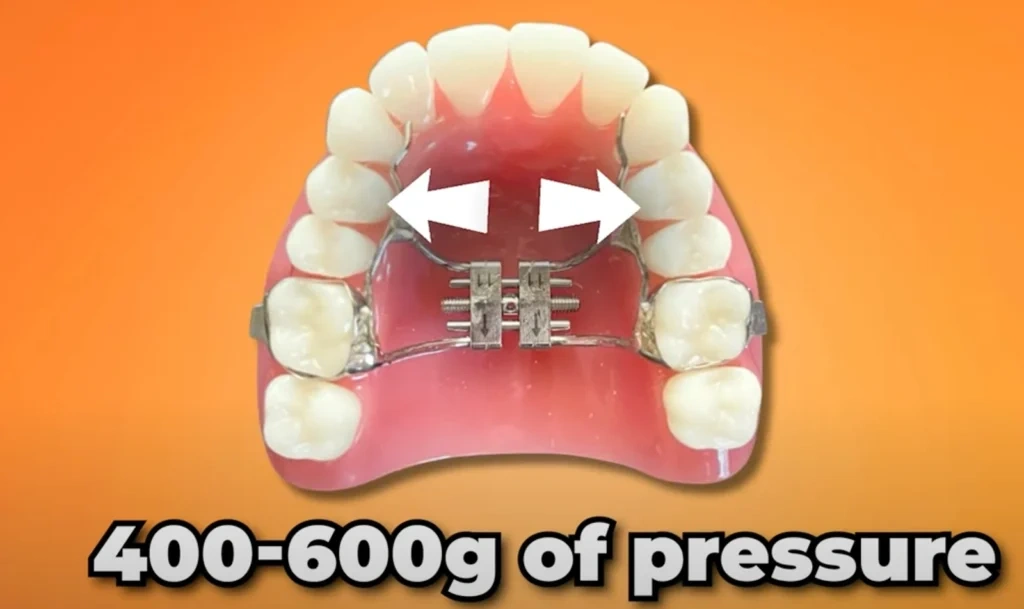
And after that? You still need braces—for another 12 to 24 months. It’s a lot. For the kid and for the parents.
But here’s the good news:
If we catch the problem during this soft-bone window—ages 6 to 9—we can often fix the whole issue gently, comfortably, and way faster using a completely different process.
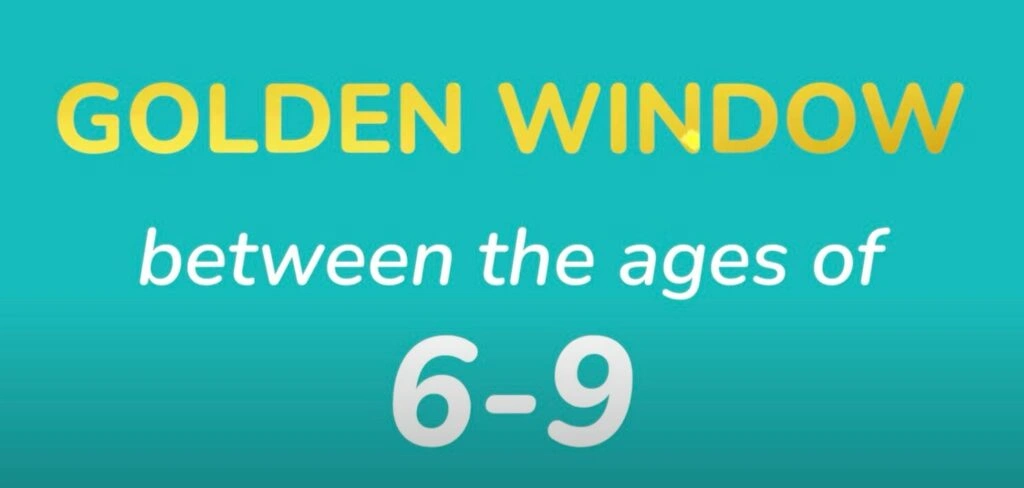
It’s called Invisalign First—and it’s specifically designed for kids in this stage of jaw growth. Instead of metal and force, it uses a series of gentle aligners—just 5 to 10 grams of pressure—to gradually guide the jaw to develop properly.
It’s like guiding a young tree while it’s still flexible… Instead of trying to bend a mature oak tree with a crowbar.
In my own practice, I’ve treated so many children with Invisalign First and it has cut their treatment time by over HALF! What normally takes 12-24 months of painful treatment takes just 6- to 9-months using the new Invisalign First process. This also completely eliminates the need for expanders and braces later on.
- No pain.
- No poking wires.
- No surprise emergencies because someone bit into something they shouldn’t have.
Just a smooth, simple process—and your child doesn’t have to miss out on popcorn, yearbook photos, or their dignity.
Look, I get it. You’re worried your kid might lose the aligners, forget to wear them, or treat them like Pokémon cards. But here’s what I’ve seen after 25 years of treating kids: Ages 6 to 9 are actually the sweet spot for aligner compliance.
Why?
Because at that age, kids are just starting to understand cause and effect.
You tell them,
“Wear these trays, and your teeth get better and you will have an amazing smile.”
They haven’t hit that eye-rolly, “Why should I?” stage yet. They still trust parents, teachers, coaches—and yes, orthodontists.
If your child is between 6 and 9 years old, this is your chance to make life way easier for them—and you.
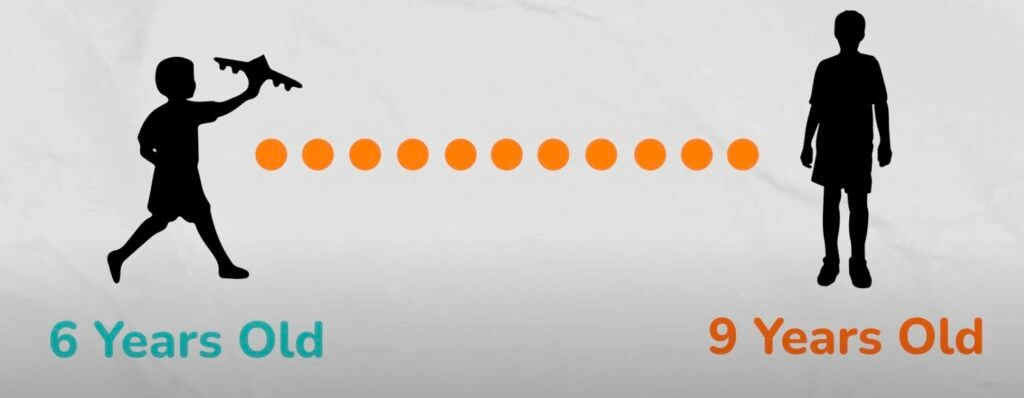
There’s a lot more that I didn’t have time to go into in this video. That’s why I made a free guide that compares Braces vs. Invisalign First for Kids— so you can see the pros, cons, timeframes, and costs all in one place.
It’s totally free and this one decision could save you years of unnecessary treatment—and a whole lot of stress.
Want to see and hear more?
For a more interactive experience, check out the live YouTube version of this blog, where we dive deeper into the topic and share expert insights. Click the link below to watch the full video!
Don’t wait! Early Treatment to intercept these problems can mean the difference between a simple pain-free solution and years of complicated, costly and painful treatments later on.
FAITH
Trusting in God’s plan and timing always result in something greater than we could ever imagine. But trusting in God is a continuous process; it’s not once and done. Speak to him daily.



